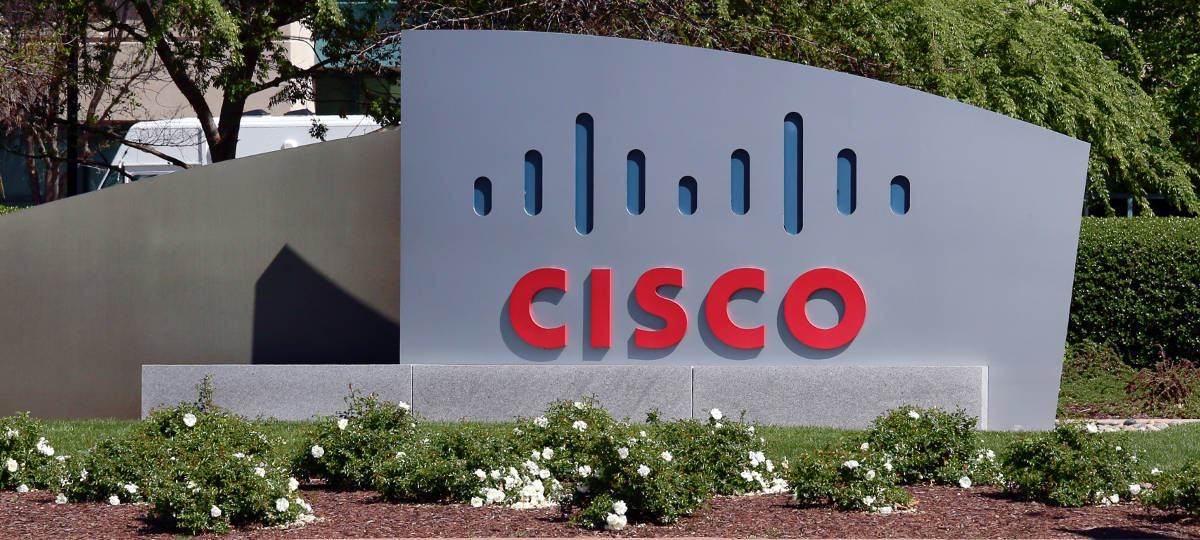It’s no secret that Americans love their smartphones. And laptops. And tablets. And all things wireless. The USA has achieved a greater than 100% wireless penetration rate. Think about that for a second – greater than 100% penetration rate!! Higher usage demands higher throughput. Faster speeds. Greater coverage. To satisfy the wireless broadband appetitive, wireless operators deployed LTE. According to a Mosaik Solutions study published on CTIA.org, over 99% of Americans are covered by LTE. So how do these wireless operators increase capacity and coverage as the number of connected devices increase, and the data usage increases exponentially? The predominant solution will be small cells.
Mobile broadband subscribers surpassed fixed broadband users in 2010. Until 2010, wireless network dimensioning followed a similar set of Erlang-A and Erlang-B rules coupled with a ‘soft-handoff’ principle which measured the speed and duration at which a mobile user passed through the coverage area of a cell tower (sector). But with mobile broadband, users tend to be non-transient – meaning they park under an antenna and chew-up bandwidth at unparalleled rates. Wireless providers took steps to mitigate the usage demands including WiFi offload, but in each and every solution one constant remains: backhaul. Even with older 3G packet-core based technology (think IP instead of circuit), the use of legacy existing TDM/ATM and circuit based backhaul networks are operationally inefficient for large scale packet networking. In most cases IP is carried in layer 2 Ethernet packets and the demand for flat layer 2 networks has increased tenfold with the deployment of LTE, specifically small cells. Such small cells get their backhaul mostly over wireline networks rather than the existing macro-cell backhaul. One challenge for operators is arranging for small cell traffic to be sent back to the mobile core and mobile packet core. For this, operators will need to work with building (enterprise) and wireline facilities including the service provider, then setup the logical pathways back to the LTE core network. Some small cells will be outdoor, using microwave to the macro cell site and adding their traffic to the existing cell site backhaul network, but for the most part, small cells will utilize and rely upon existing backhaul and mesh backhaul networks to offer the largest available pipe at the lowest cost.
For fiber, carrier Ethernet, DOCSIS, and DSL networks this is good news. Yes, even for legacy networks this is good news. Why? ACCESS AND AVAILABILITY AND COST. Let me explain. Small cells will be deployed in-building or in some occasions outside in areas wherein wireline backhaul (broadband) networks are available and where people use their devices. These locations are more than adequately covered today by DOCSIS and DSL networks, for instance. Millions of locations, enterprises, SOHO, and municipal and rural locations.
According to a report published in FierceCable, DOCSIS 3.0 is available to 85% of US households. Cable networks are second only to wireless in providing broadband in the USA. Until now, the bandwidth of these networks were not sufficient for the demands of high capacity (simultaneous users) wireless macro-cells. But with small cells (a smaller number of simultaneous users), these DOCSIS and DSL (and carrier Ethernet) networks are perfect – and they are already where the wireless providers want to be. The limiting factor shifts now to cost.
Wireless backhaul has demanding SLA’s dictated by the wireless provider. Thus for a carrier to provide wholesale wireless backhaul, layer 2, some layer 3, and QoS / SLA solutions must be deployed. Traditionally this has meant anywhere from 2- 4 boxes at the edge (premise) in order to support a small cell. This model from a cost perspective does not make sense. In the case of a DOCSIS or DSL network, an additional modem component is needed adding the complexity of multiple boxes, multiple points of provisioning, and frankly the necessity to ‘patch together’ disparate networks. GRE tunneling, MAC-SEC, dynamic and static labeling, hierarchical QoS, advanced scheduling, larger subnets, RIP V2, BSOD, BGP, and many more requirements are needed to share enterprise legacy networks with wireless small cell back haul.
With announcements of 100’s of thousands of planned small cells, how do broadband service providers make certain to utilize their existing assets to get a piece of the wireless broadband small cell pie? Simple: look for solutions that collapse modem, L2, L3, MPLS IP/TP, and OAM&P into a single high-availability low-cost solution.
Companies like Raisecom, Inc. are championing collapsing MEF-standards based NIDs and routers with L2, L3, MPLS, and DOCSIS / DSL modems in an ‘access agnostic’ solution so that wireline broadband providers can use existing broadband networks for forward-looking enterprise solutions whilst simultaneously meeting the SLA’s needed for wireless small cell backhaul. What’s more cost-efficient than using existing revenue-generating assets to generate new streams of LONG TERM revenue? These solutions from the likes of Raisecom mean that MSO’s, DSL-providers, wholesale carrier-ethernet providers, and operators of fixed broadband networks can tackle the SLA’s of wireless backhaul agreements and generate more revenue with small cell. As broadband providers rush to invest in GPON, GFAST, and other forward looking broadband networks, don’t forget that the existing prevalent networks can be utilized to provider increased revenue streams with little to no CAPEX investment in the core of the network. In fact, as Raisecom and others look to bring NFV solutions to the edge and the access layer, look for the ability to rapidly and easily deploy more and more solutions (virtual functions) in an ala carte manner to the enterprise to generate even more revenue out of that existing asset (legacy broadband network).
By Mark Gardner, Director of Carrier Sales, Raisecom
Raisecom are a member of the MEF and a silver sponsor of MEF GEN15















